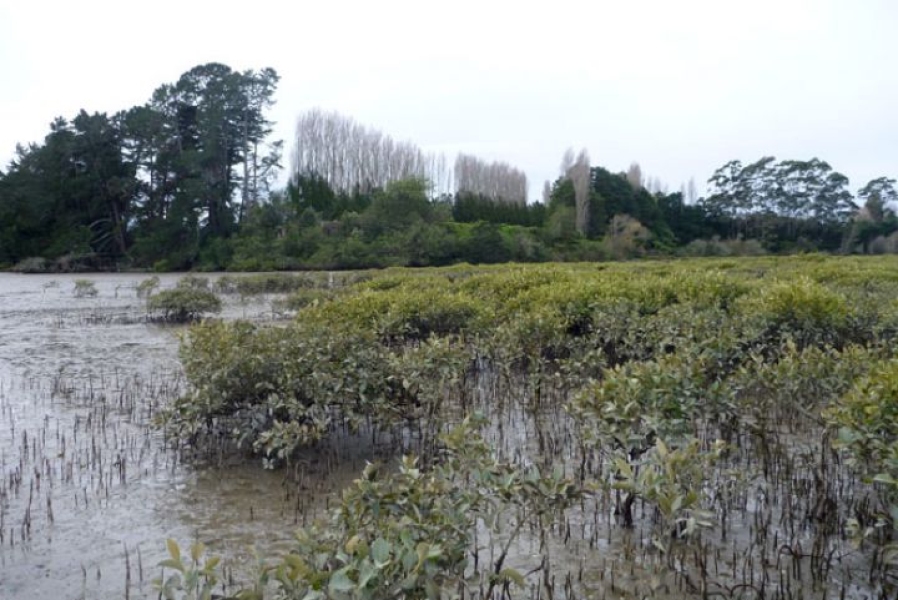Over the past decade, NIWA has published many popular articles that deal with estuaries, mainly in its magazine Water & Atmosphere.
Included in these articles is information on how estuaries work, the problems they are affected by, and some solutions to those problems. This overview is intended to bring together and make whole sense of the information published to date in the various popular articles.
The target audience is the layperson, such as individuals who have come together in community groups to find ways to deal with particular issues. The purpose is to inform, and thereby empower individuals and groups to act. Specialists might find something of interest in here as well in the way the information is brought together.
How to use this resource:
- You will find links throughout this overview to the original articles. Each link will take you to an online version. After you’ve read an article, just use your browser’s Back button to return to this overview.
- A few of the original articles are not available online. In these cases, a PDF is provided. Just follow the download instructions that appear when you click on any of the PDF links.
- This overview can also be downloaded as a full-version PDF that includes all the original articles or as a shorter version with just the overview and a list of the articles.
Full version, including all original articles PDF (PDF 9.4 MB)
Short version, with overview and a list of articles (PDF 920 KB)
Additional text by Mark Morrison and Anne-Maree Schwarz. All articles reproduced with permission. Support from the Foundation for Research, Science & Technology is acknowledged (Effects-Based Protection and Management of Aquatic Ecosystems, C01X0307).
How to cite this overview:
Green, M.O. (2006). New Zealand's estuaries: how they work and the issues that affect them. NIWA Information Series, No. 59, ISSN 1174-264X.
-

What ails our estuaries - problems and solutions
Estuaries are at the bottom of the freshwater drainage network and, effectively, are a part of it. -

The life of an estuary
An estuary is a semi-enclosed embayment, with a free connection to the sea at one end and a freshwater supply at the other. -

Models
A model is a representation of a “real thing”. Usually, the model is simpler in some or many ways than the real thing; the model simulates the behaviour of the real thing; and the model can be used to predict the future behaviour of the real thing. -

Monitoring
Monitoring is often an expensive exercise, but it does not have to be. -

What now?
Estuaries are more than just the mudflats that we cross on the way to the beach. Of course they have intrinsic value – what natural environment doesn’t? – but they also provide us humans with a range of ecological services that help to sustain the quality of our environment, and with amenities that we all enjoy, and sometimes profit from. -

Estuaries publications
Where an online version is not available, a PDF is provided. Use your browser’s Back button to return to this page.
Bell, R.; Green, M.; Hume, T.; Gorman, R. (2000). What regulates sedimentation in estuaries? Water & Atmosphere 8(4): 13–16.
Davies-Colley, R.; Nagels, J.; Donnison, A.; Muirhead, R. (2004). Flood flushing of bugs in agricultural streams. Water & Atmosphere 12(2): 18–20.
Green, M. (2003.) The dance of the turbid fringe. Water & Atmosphere 11(2): 20–21.
Green, M.; Ellis, J.; Schwarz, A.-M.; Lind, D.; Bluck, B. (2003). -

Resource Management Act
The Resource Management Act 1991 (RMA) dictates how we are to manage our physical environment, including the coast and estuaries.

